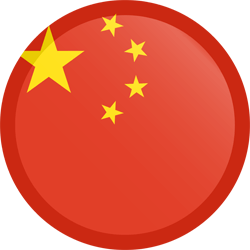- cross-posted to:
- world@quokk.au
- cross-posted to:
- world@quokk.au
Op-ed by Tom Harper, Lecturer in International Relations, University of East London.
[…]
Traditionally, Tibetan leaders and aides seek a young boy who is seen as the chosen reincarnation of the Dalai Lama. It is possible that after they do this, this time Beijing will try to appoint a rival figure.
However, the current Dalai Lama, who lives in exile in India, insists that the process of succession will be led by the Swiss-based Gaden Phodrang Trust, which manages his affairs. He said no one else had authority “to interfere in this matter” and that statement is being seen as a strong signal to China.
[…]
Beijing sees having more power over the selection of the Dalai Lama as an opportunity to stamp more authority on Tibet. Tibet’s strategic position and its resources are extremely valuable to China, and play a part in Beijing’s wider plans for regional dominance, and in its aim of pushing back against India, its powerful rival in south Asia.
Tibet provides China with a naturally defensive border with the rest of southern Asia, with its mountainous terrain providing a buffer against India. The brief Sino-Indian war of 1962 when the two countries battled for control of the region, still has implications for India and China today, where they continue to dispute border lands.
[…]
Tibet’s importance to Beijing also comes from its vast water resources. Access to more water is seen as increasingly important for China’s wider push towards self-sufficiency which has become imperative in the face of climate change. This also provides China with a significant geopolitical tool.
For instance, the Mekong River rises in Tibet and flows through China and along the borders of Myanamar and Laos and onward into Thailand and Cambodia. It is the third longest river in Asia, and is crucial for many of the economies of south-east Asia. It is estimated to sustain 60 million people.
China’s attempts to control water supplies, particularly through the building of huge dams in Tibet, has added to regional tensions. Around 50% of the flow to the Mekong was cut off for part of 2021, after a Chinese mega dam was built. This caused a lot of resentment from other countries which depended on the water.
[…]


